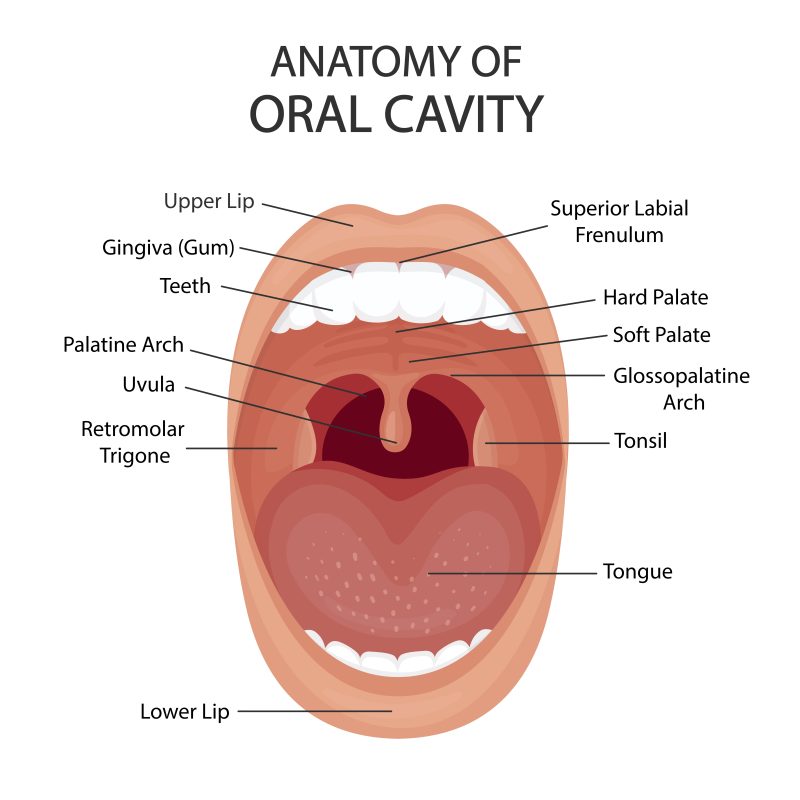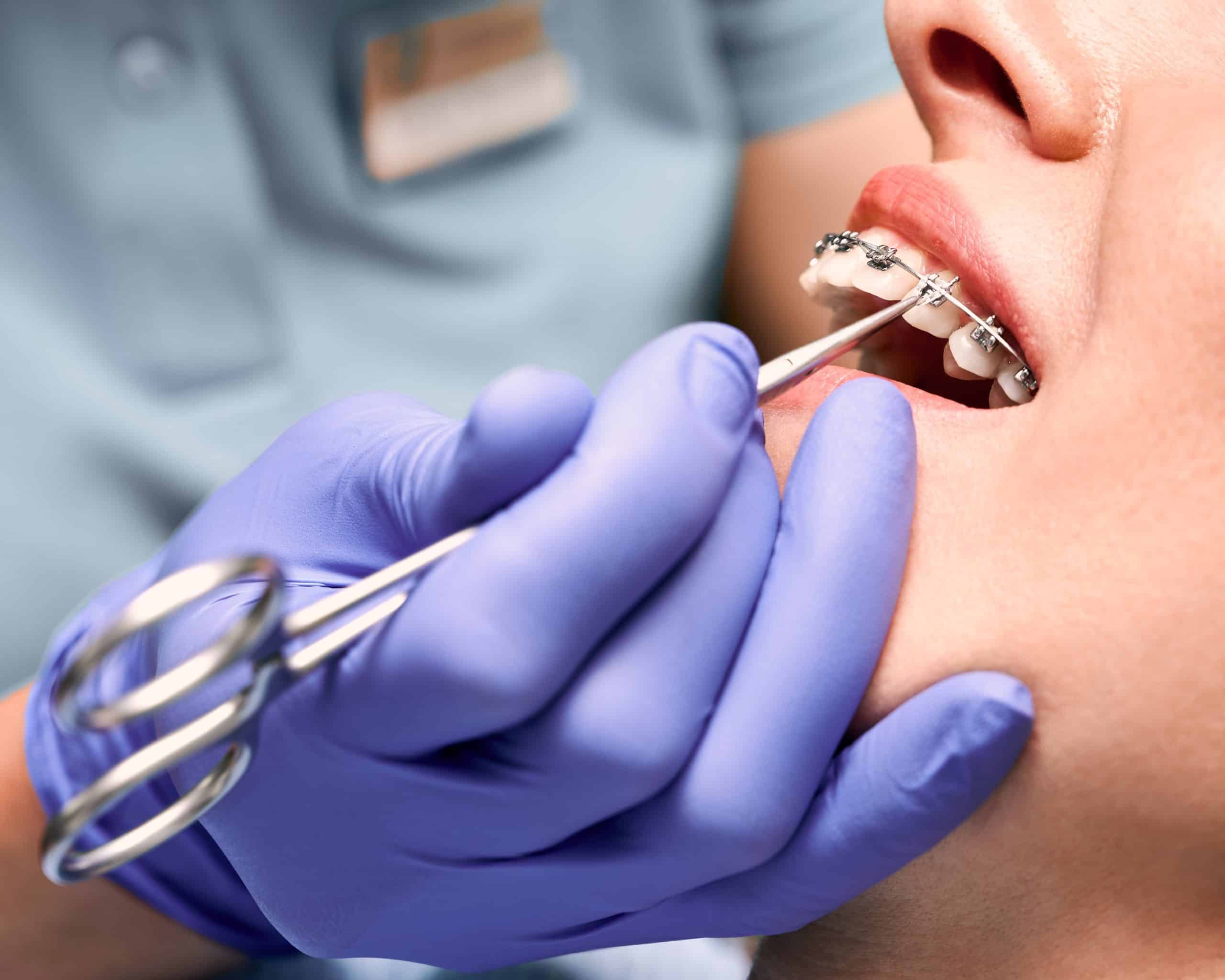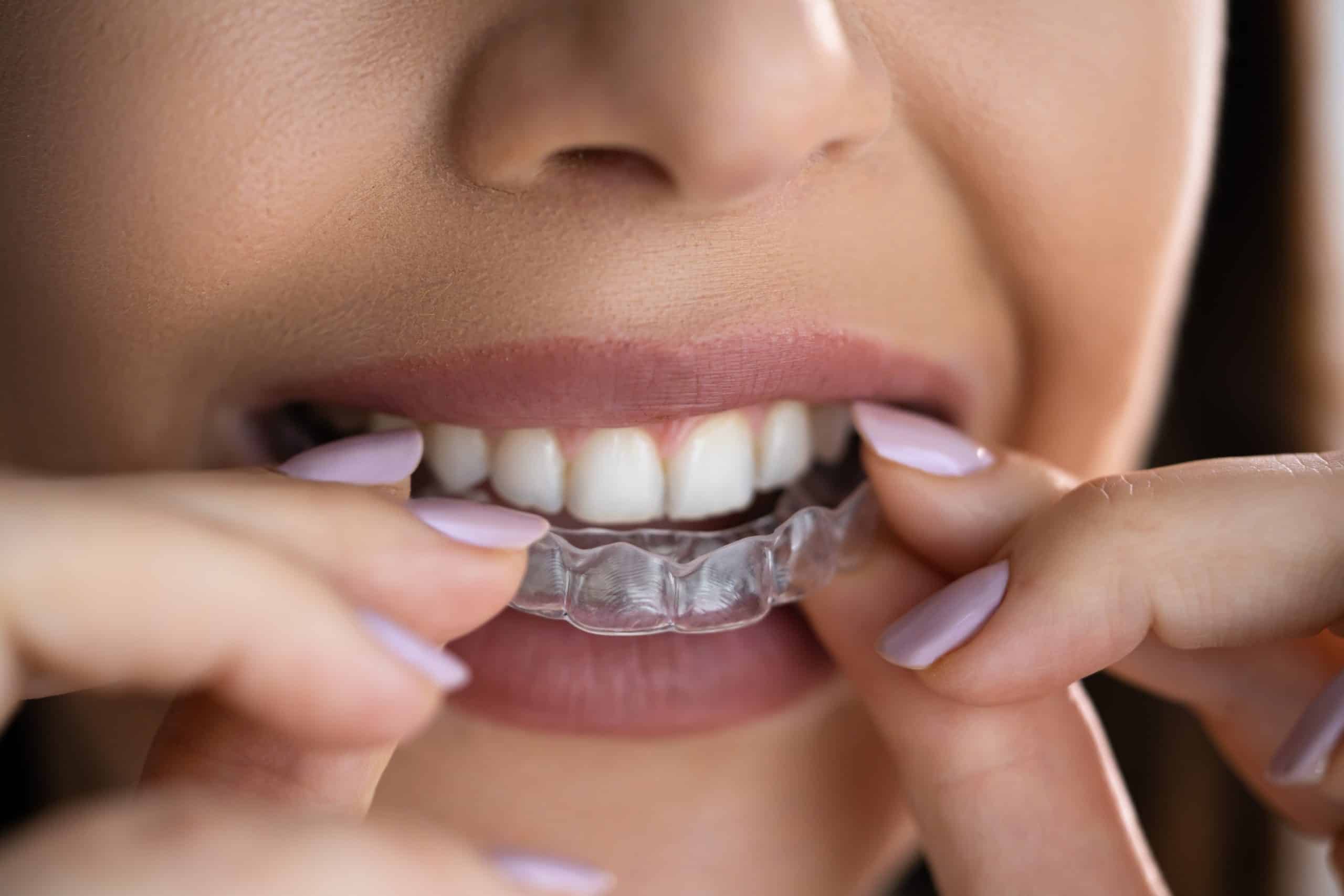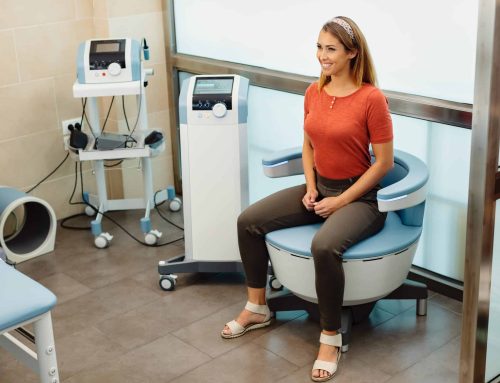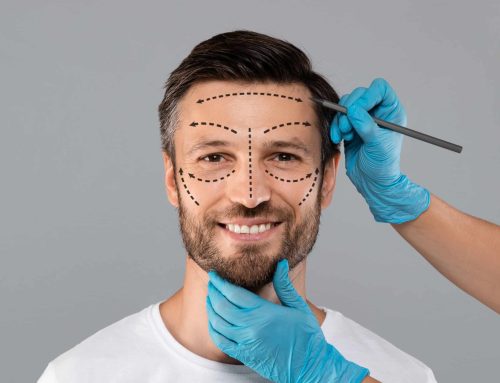Straighter Teeth for Adults
If you’re an adult who would like straighter teeth but would rather not endure years of wearing traditional braces, Dr. Jill Wade offers some great solutions. You may have heard of it before, or even encountered someone with these “invisible” braces, but clear aligners are making straighter teeth faster and perhaps even easier.
Apart from a broader, more beautiful smile, having straighter teeth actually has health benefits like increasing the long-term functionality of your bite and reducing the probability of chipping, breaking, and unevenly grinding your teeth while you sleep. According to Dr. Wade of Stonebriar Stone Design, when your teeth are crooked or improperly aligned, gravity will cause the arch—the U-shape at the roof of your mouth—to collapse, usually from the side. From there, your teeth will move down and forward, leaving some of them more crowded than the back teeth. As a life-long, proud Texan, Dr. Wade attests that “we love broad smiles,” because as the saying goes, “everything is bigger in Texas,” and that includes smiles. “We don’t just want to see your front four teeth…we want to be able to see eight to ten teeth, a big ‘Julia Roberts’ smile,” she says.
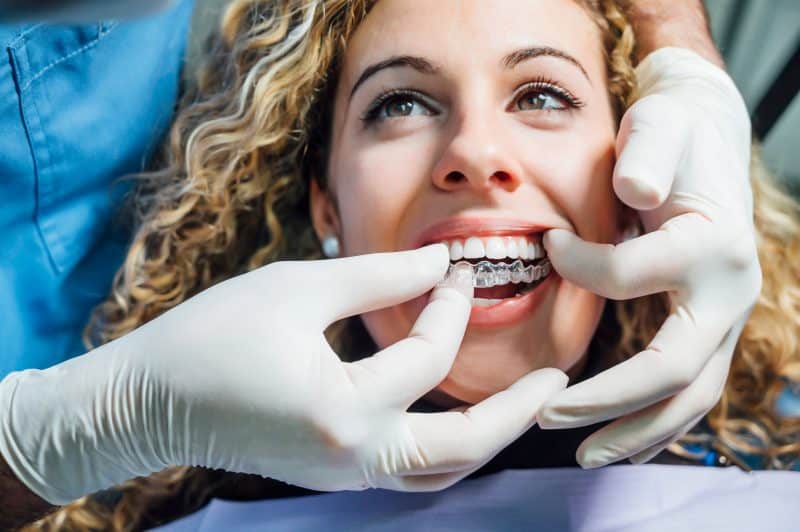
Conversely, when people are self-conscious about their teeth, they have a tendency to smile with their mouths closed. This something health and beauty expert Laura Lewis-Edwards has observed, and it may be something with which you identify. With the steady rise and proliferation of virtual meetings over platforms like Zoom and Google Meet, you’re often looking at yourself on-screen, which has probably made you more aware of your smile. Much different to being in a room face to face, those virtual meetings give you just as much time to scrutinize your smile as it does your business dealings.
Your Arch: Why It’s Important
Dr. Jill Wade admits that, at one time, the dental community thought it was only possible to widen the arch of your mouth during your adolescent or teenage years. However, there is hope for adults who have inevitably lost collagen and muscle in their face, which constricts front teeth, leaving less room for tooth movements induced by gravity. When this happens, the mouth and teeth adjust, tweaking and turning until your teeth start to look crooked. Another thing people don’t often consider is the effect this has on the tongue. This very large muscle is influenced by the arch of the mouth and any subsequent changes of its shape. It affects the way the teeth fit together, how old you may look to others, and can eventually impair your breathing. Because the tongue sits in the “U” of the arch, comfortably resting in the hollow of the roof of the mouth, when the arch is smaller than it should be, “it encroaches on the tongue,” Dr. Jill Wade explains. Thus causing the tongue to “fold” farther back into the mouth, reducing the space in your airway, which can cause apneic events—symptoms of sleep apnea—and snoring. “When you get really, really constricted and crowded,” Dr. Wade goes on to say, “you’re actually squeezing the space around the teeth down at the bone and the gums, and you’re actually going to lose some of that support and health of your gums and your gum tissue and your bone.”
Considering these things, keeping your arch expanded is great for your overall health and wellbeing. If you have one or a few teeth that have shifted out of alignment, even straightening a select few could make a major difference in how you look and feel—even if it’s something you’ve had your entire life. One of the leading manufacturers of clear aligners is a company called Invisalign®, for which Dr. Jill Wade is a fan, and they do an amazing job at expanding the arch of the mouth. That expansion then has a domino effect, creating more space for the teeth to get back into place.
Invisalign versus Braces
The difference between traditional orthodontics—not-so-fondly nicknamed “brace face,” “metal mouth,” or “wires”—and Invisalign is the process, timeline, and maintenance during treatment. Traditional orthodontics, or wire braces, are generally fitted and kept on your teeth for a longer period of time, during which your dentist will be watching and measuring your tooth movement. They will also need to bend and change the wires, position the brackets, and other types of maintenance throughout the course of your treatment. These elements make the end result of traditional braces a little less predictable, especially in comparison to clear aligners. However, traditional braces are better options for children and teenagers because the semi-permanent fitting reduces, if not eliminates, the risk of noncompliance with the necessary actions aligners require to produce the most favorable result.
Invisalign, or similar clear aligners, generally has a much shorter treatment time and the “fitting” is temporary and removable. One clear advantage (see what we did there:) is the process. Almost completely digitized, your orthodontic treatment is completely mapped out, aimed at an individualized outcome. Over a period of several months, versus years with traditional braces, you’ll see your dentist roughly every six weeks and snap “trays” onto your teeth. These trays are made specifically for you, your mouth, and with your intended goal in mind. “Each tray moves each tooth 0.25 millimeters. So, that’s why we can predict, very clearly, how long your treatment is going to take, because if we’re going to move a tooth…four millimeters, then we can back that up and realize that to move one millimeter is going to take four trays, so if we’re moving four millimeters, then that’s at least 16 trays right there,” Dr. Wade explains.
The Invisalign process begins with taking digital scans of your mouth, uploading them to the Invisalign database, which will later be sent to a lab, and digitally designing the entire treatment course. From there, the lab will create all the trays you need at the same time. At Stonebriar Smile Design, they will keep the trays and deliver them to you as you need them, typically about six at a time. Each tray is designed to move certain teeth in certain ways or in certain directions—also called “tracking.” These clear trays, which snap into place over your existing teeth, are especially suitable for adults because you can go about your normal day while wearing them. Because they’re clear, it’s likely most people won’t even notice you’re in the middle of orthodontic treatment. You can speak, drink water—though we don’t recommend drinking colored beverages while wearing your aligners—and sleep, all while straightening your teeth. When you need to eat, or have that glass of red wine, just pop them out, have your meal, give your teeth a brush, and put your aligners back in.
In-person aligners or DIY (online)
Since the invention of clear aligners, companies have formed and fallen trying to cut out the “middle man,” (aka dentists) and sell directly to the consumer. The problem with this is that while you may save a few dollars on the top end, doing it yourself can end up costing you more in the long run. As mentioned, the process involves taking a detailed scan of your mouth. The high-tech equipment used to create these images aren’t point-and-click, and they definitely aren’t something you have in your tool box. While taking an impression of your mouth with some mold a seller sent you in the mail, there’s no way of knowing if you’ve done it correctly; whether you’ve taken the best impression, free of warps or stray indentations; or if your bite was strong enough to convert into clear aligner trays. Furthermore, the company may just create your trays anyway, warps and all. Once you’ve completed your treatment, the imperfections may cost more to repair than having gone to a qualified dentist in the first place. This can hurt more than your pocket; it can actually cause headaches, jaw pain, or other discomforts, as noted by Laura Lewis-Edwards.
Dr. Jill Wade is all too familiar with these consequences, often treating patients who have taken on these DIY treatments only to end up worse than they began. “Invisalign is the gold standard,” she says, urging people to seek out qualified dentists to ensure people actually know and get what they’re purchasing. Although there are other companies that create clear aligners, Invisalign has valid patents, processes, and a great reputation for their product—so much so that 95% of all Dr. Wade’s patients use the Invisalign brand. Their predictable results consistently produce gorgeous, functional smiles, and while they may be more expensive than traditional braces due to a larger laborator fee, your timeline to a better smile is much shorter and the “equipment” practically invisible.
A little tip from Dr. Wade: Pop into a dental office for a consultation and have your scans done. It only takes a few minutes and the scan can be uploaded to Invisalign, which will generate a simulated image of “what your arch and your teeth and your smile would look like” once you’ve completed your Invisalign treatment. Keep in mind, you will need a retainer to maintain your gorgeous new smile, no matter which type of modification you have done on your teeth. A retainer might be small but it is mighty, keeping your smile and teeth protected from chipping, breaking, natural wear and tear, and also make your fillings and crowns last longer, ultimately extending the life of your investment.
Click here to watch this episode of the Beyond Face Value Show on YouTube.
Visit us on YouTube to hear more about Stonebriar Smile Design and wellness dentistry, and be sure to comment, like, and subscribe.


